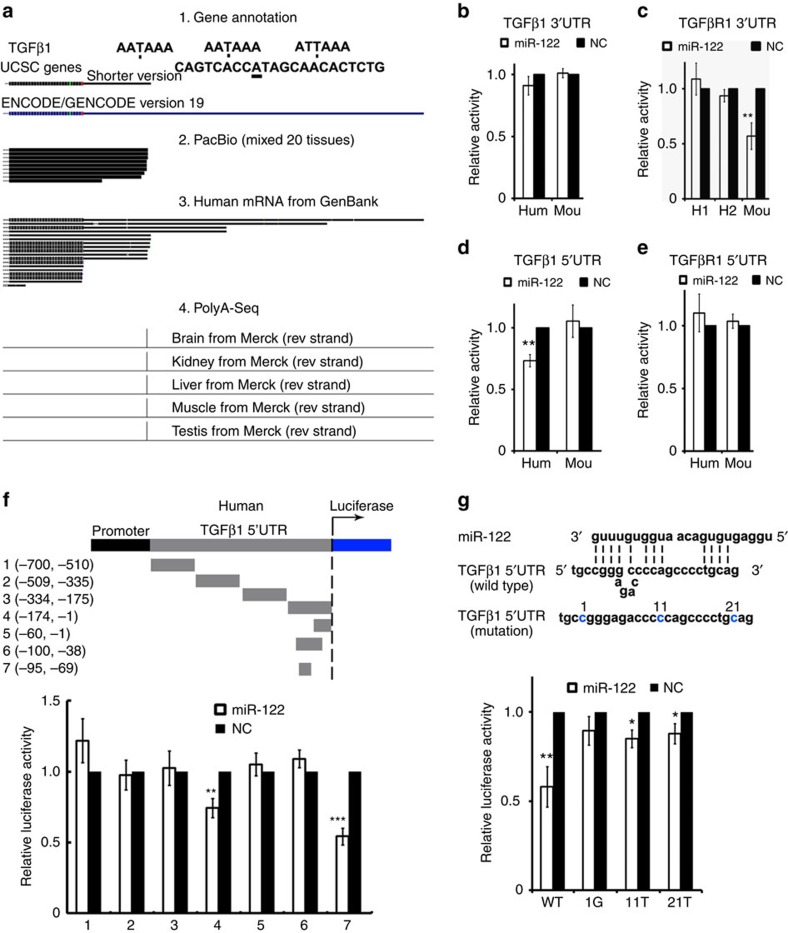Figure 2. miR-122 targets human TGFβ1 5′UTR in a non-‘seed-region' base-pairing manner.
(a) Evidence for the different versions of human TGFβ1 mRNA, which include gene annotation from UCSC Genes and ENCODE/GENCODE, the PacBio sequencing data from mixed 20 tissues24, human mRNA from GenBank (NCBI) or PolyA sequencing data of different tissues25. (b–e) Luciferase activity was measured after transfection of the indicated reporter constructs in Hela cells. TGFβR1 5′UTR was cloned into the promoter region. Hum, human, Mou, mouse. The TGFβ1 3′UTRs were cloned into the 3′UTR of luciferase in a pGL plasmid. The 3′UTR of human TGFβ1 was divided into two parts, H1 or H2, because of its long length. Six independent repeats are performed in each experiment. (f) Luciferase activity was measured after transfection of the indicated reporter constructs. The human TGFβ1 5′UTR was divided into three different fragments and then each truncated 5′UTR was cloned into the promoter region of pGL plasmid. Six independent repeats are performed in each experiment. (g) Diagram depicting the miR-122 targeting region of the TGFβ1 5′UTR and the mutated site. Luciferase reporter activity containing the different constructs was shown below. Error bars, ±s.d. *P<0.05; **P<0.01; ***P<0.001 by two-sided Student's t-test.

